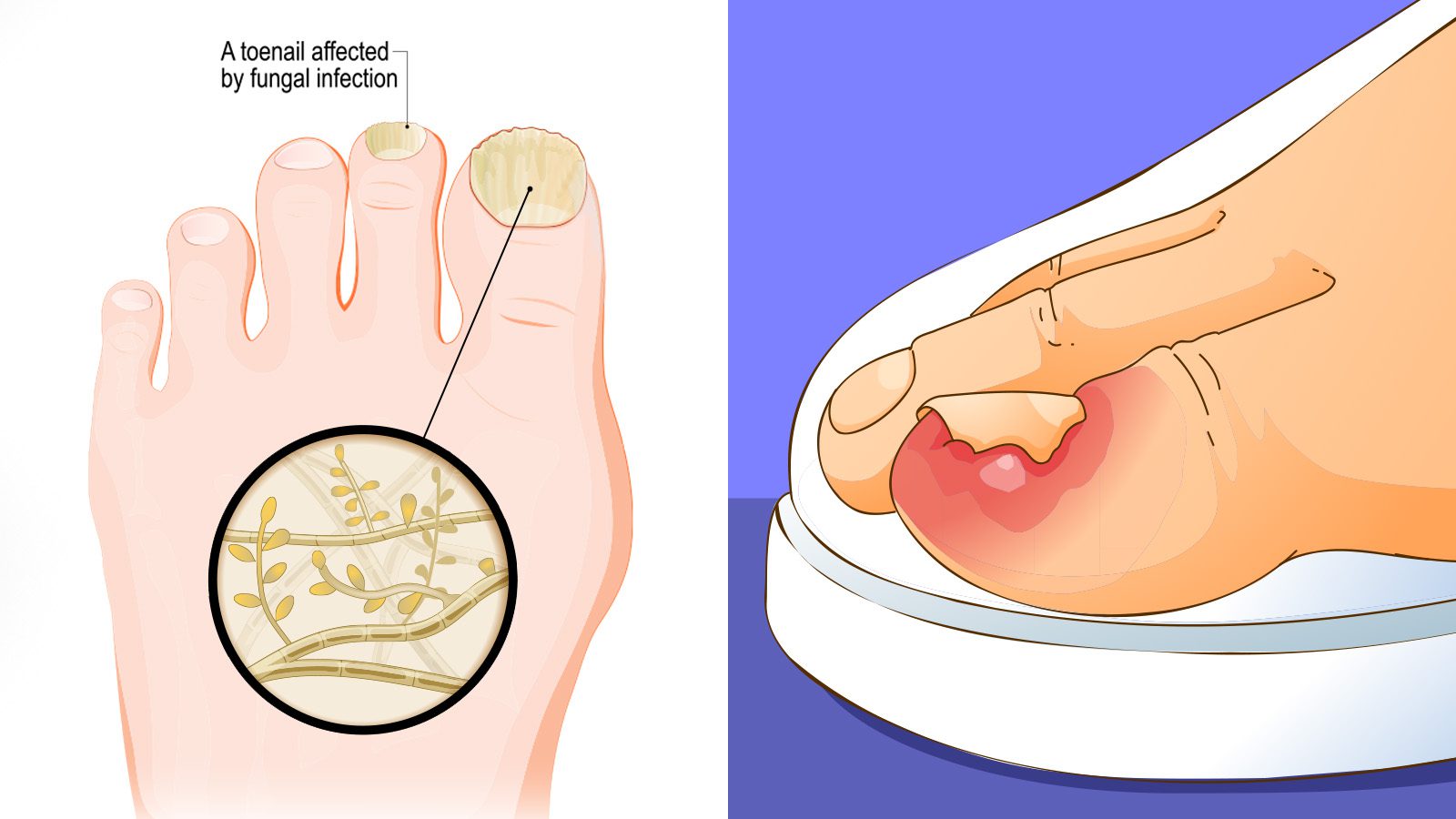More than 10 million Americans suffer from macular degeneration.
This eye disorder is common in people over 50. It causes blurred or reduced central vision due to the deterioration of the macula.
The macula is the central portion of the retina. It is responsible for recording the images you see and sending them to the brain through the optic nerve. The macula focuses your vision and controls your ability to drive, recognize fine details, read, and identify colors or faces.
Age-related macular degeneration (AMD) is categorized into two basic types: dry (atrophic) and wet (exudative). Stargardt disease is a type of AMD in young adults that is caused by a recessive gene. Both forms may develop in one eye before affecting both, but a diagnosis does not mean permanent vision loss.
Have you been diagnosed with or suspect you might have macular degeneration? Early detection and following an efficient care plan are central to delaying vision. This article explores the causes of AMD and the early signs and symptoms of the disease.
Causes of Macular Degeneration
The root causes of macular degeneration are not fully known or understood, as there is insufficient research into the disease. Researchers do know that its causes are complex and involve both environmental and genetic factors, including diet and smoking. They also know that there are different causes for AMD and Stargardt disease.
Dry vs. Wet Macular Degeneration
Macular degeneration is classified into two categories:
Dry (Atrophic).
This form of AMD causes yellow deposits (drusen) to develop in your macula. Researchers do not know where drusen come from, but the theory is that they are waste fragments from the retina.
Hard drusen in the eyes is common in people over the age of 50 and is completely normal and harmless. Centrally located large, soft drusen are those connected to vision loss.
A few drusen may have a negligible impact on your vision, but vision loss occurs when they grow. As the condition progresses, the drusen multiply and prevent oxygen flow to your eye. Light-sensitive cells in your macula thin out before dying, causing blind spots in your vision. In the most severe state, you can lose your central vision completely.
Approximately 85% to 95% of people have this form of AMD.

Wet (Exudative).
This form occurs when blood vessels develop underneath your macula. Blood and fluid leak from these vessels into your retina. This may cause distorted vision that makes straight lines appear wavy, blind spots and diminishing central vision. The leaking blood vessels eventually develop a scar, which may lead to permanently losing your central vision.
The dry form is more common and can lead to the wet form. This is why it is important for you to regularly see your eye doctor and vigilantly track your eyesight.
Symptoms and Stages of Macular Degeneration
Symptoms of dry AMD slowly develop and are not typically painful. The most common signs and symptoms include:
- Distorted vision
- Diminished central vision in the eye(s)
- Blurriness when reading
- Trouble recognizing people
- Difficulty adjusting to low light levels
- Needing brighter lights to read or do detailed work
- Decreased color brightness or intensity
Stages of AMD
AMD typically occurs in three stages:
- Early AMD. In this stage, vision loss is not typical. Regular eye exams are crucial in detecting the disease. You will receive an early AMD diagnosis if your doctor sees medium-sized drusen developing.
- Intermediate AMD. In this stage, some vision loss may be apparent, but symptoms may not noticeably manifest. A thorough eye exam and specific tests check for growth in drusen and changes in retinal pigment.
- Late AMD. In this stage, vision loss is apparent.
Risk Factors
Age is the biggest risk factor for AMD. Risk increases with age and the disease is more likely in individuals who are 55 and older. Other factors that may elevate your risk of AMD include:
Genetics and Familial History.
AMD is partially hereditary, as researchers found several genes that are linked to developing the disease.
Gender.
Roughly 2/3 of individuals with AMD are women and 1/3 are men. Researchers believe this is due to women having longer lifespans.
Race and Ethnicity.
Caucasians have the highest risk of developing AMD, followed by Hispanic/Latino and Chinese people. African Americans have the least risk of AMD. Caucasians are also at a higher risk of going blind from AMD than African-Americans.
Approximately a third of Caucasian people carry a gene that is associated with AMD. Additionally, people with light-colored eyes are at an increased risk of developing dry AMD.
Heart Disease.
If you’ve suffered from a heart attack, stroke, or angina, you may be one and a half times as likely to develop AMD as someone who has not had any heart problems. Having high cholesterol also increases your risk.
High Blood Pressure.
High blood pressure limits the amount of oxygen that is delivered to your eyes, which elevates your risk for developing AMD.
Obesity.
Research suggests that obesity increases the risk of early or intermediate AMD progressing to more severe stages of the disease.
Smoking.
Smoking tobacco or regular exposure to secondhand smoke substantially elevates the risk of developing AMD.
Overexposure to the sun.
Although this is not certain, research suggests that long-term exposure to the ultraviolet rays of the sun, and the subsequent damage to your eyes, increases your chances of AMD.
Complications of AMD
Individuals with dry macular degeneration that has led to central vision loss are at an increased risk of developing depression and becoming socially isolated. When vision loss is severe, some people may experience visual hallucinations known as the Charles Bonnet syndrome. Lastly, dry AMD may develop into wet AMD, which may cause vision to deteriorate rapidly if it is untreated.
Treatment and Prevention
There is no cure for macular degeneration, but treatment and preventative methods may reduce its progression. One such treatment is laser therapy, which can sometimes eliminate leaking, growing blood vessels.
A large study indicates that people with AMD may benefit from supplement formulas with vitamins E and C, zinc, beta-carotene, and copper. The research suggests that there is a reduced risk of vision loss for some with intermediate to advanced dry AMD.
Routine eye exams are the first step in identifying and treating AMD. Some simple lifestyle changes may help minimize your risk of developing dry AMD:
Quit smoking.
Smokers are at an increased risk of developing the condition.
Manage your medical conditions.
This is especially important if you have heart problems such as high blood pressure or cardiovascular disease. Make sure you follow your care plan and take your medication to effectively control your condition.
Exercise consistently and sustain a healthy weight.
Obesity is a risk factor for AMD. If you need to shed some excess weight, limit your caloric intake and pump up the amount of exercise you do every day.
Eat a healthy diet.
Your diet is directly linked to your overall health. Pick a diet that consists of various fruits and vegetables. These food products are rich in antioxidant vitamins that help minimize your risk of AMD. Be sure to also include fish in your diet. Fish are rich in omega-3 fatty acids that may help reduce your risk of AMD.
Track your eyesight.
You can do this by looking at an Amsler grid every day. It is a pattern of straight lines resembling a checkerboard and can help you notice changes in your vision.
The sooner you receive a diagnosis, the greater the likelihood that treatment will be beneficial. If you are experiencing any symptoms of AMD, schedule an appointment with your eye doctor. A diagnosis happens after a review of your medical history, an examination of your eye, and angiography and tomography tests.
 Final Thoughts on Macular Degeneration
Final Thoughts on Macular Degeneration
There are two forms of AMD, dry and wet. Dry AMD is the most common and occurs when large, soft drusen develop on the macula. There is no cure for the disease, but early detection, prevention, and treatment methods can help slow its progression.
Age is the biggest risk factor for developing AMD. Symptoms include distorted or diminishing vision, blurriness, and trouble recognizing faces. AMD rarely results in complete vision loss, but people with the dry form may develop into the wet form.
Making simple changes to your diet and lifestyle can help reduce your risk of developing AMD. Remember, never self-diagnose yourself based on what you read on the Internet. If you think you may have macular degeneration, call your eye doctor and schedule an appointment today.















